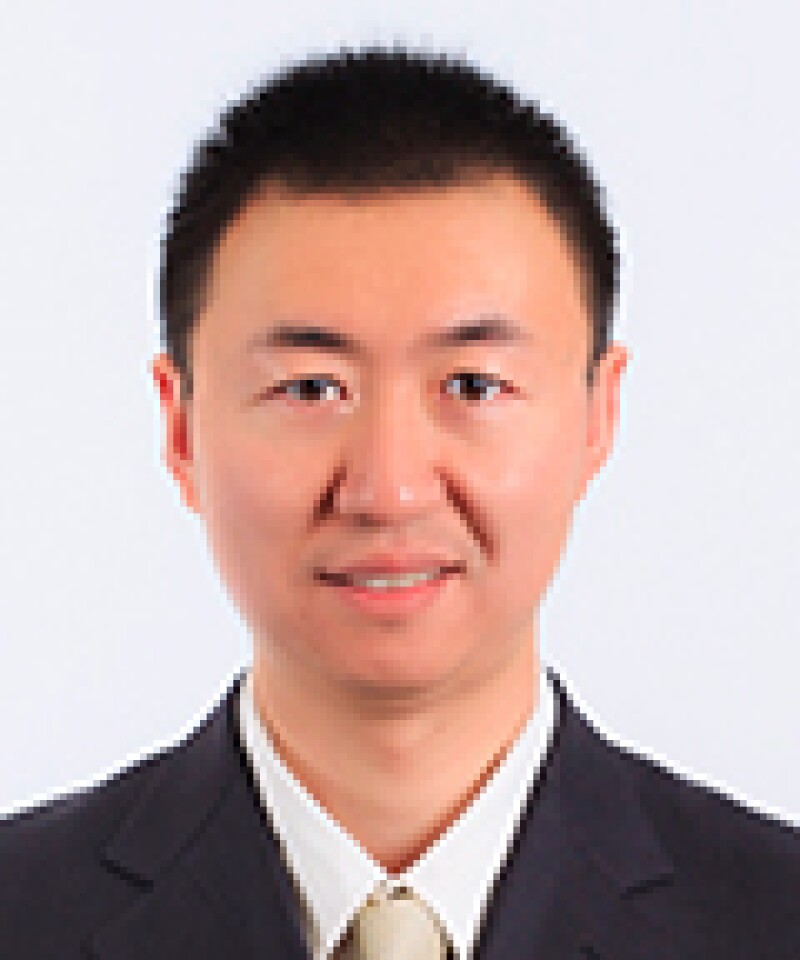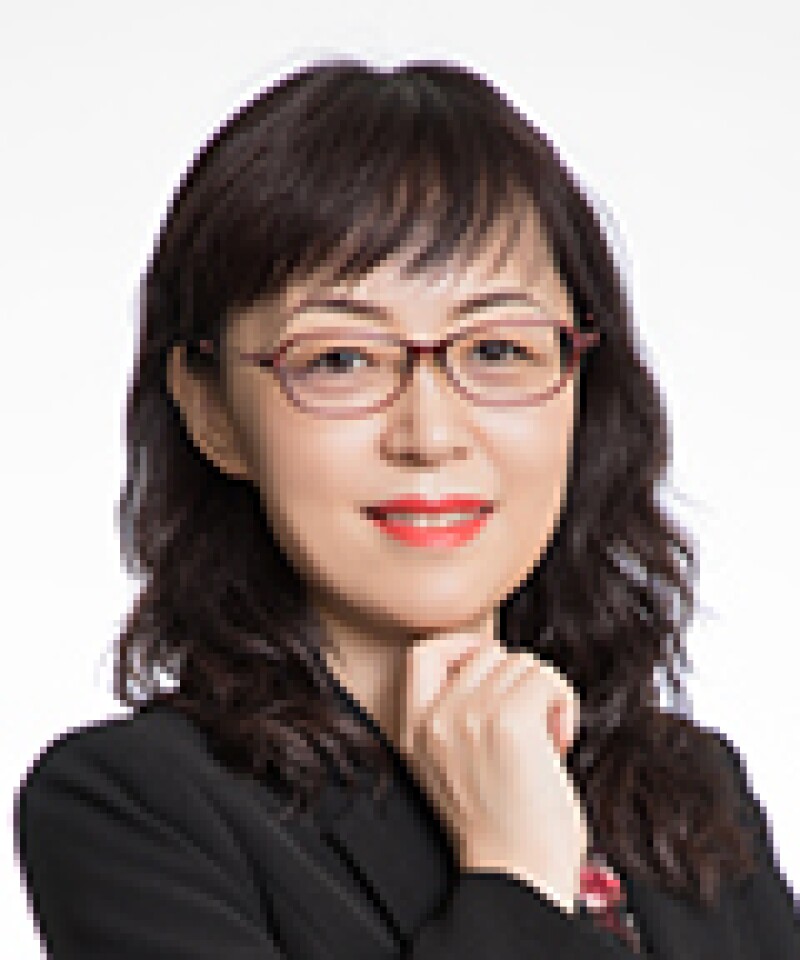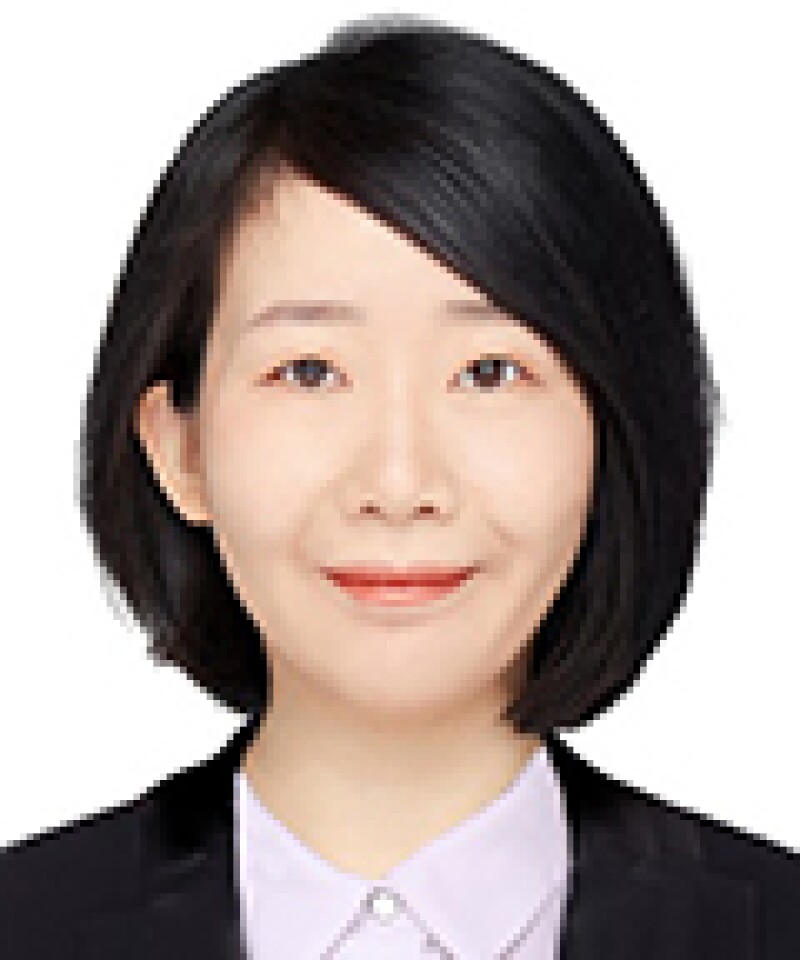It has been almost one year since the 4th amendments to the Patent Law come into effect on June 1 2021. Although the detailed implementing regulations of the Patent Law and the examination guidelines are still pending, some Supreme Court judicial interpretations, the draft version of the revised examination guidelines and the new judgments in legal practice have provided certain guidance to topical issues, such as partial design, patent linkage system for drugs, punitive damages in patent infringement lawsuits and patent term adjustment.
Updates on partial design
The involvement of partial design is a significant change in the 4th amended version.
The IP industry is hoping that the examination guidelines will be issued in 2022 for partial design so that the filings of partial design will have some basis to rely on. Until now, only a draft version seeking for public opinions has been issued (on August 3 2021). Although this is not a formal version, it still provides some understanding of the potential plans for partial design filings.
First, the most attractive point is how to show such partial designs. In this draft version, it is regulated that solid line and broken line shall be used together to show a partial design, with the solid line showing the partial design seeking protection and the broken line showing other parts. Other ways are also allowed, such as a single colour semi-transparent layer which can be used to protect the parts not to be protected. If necessary, dot-and-dash lines can be used as boundary line to separate the partial design from other parts. Therefore, we can see the logic for showing partial design is consistent with usual practice in other major jurisdictions.
Another important area is how to adjudicate infringement and related liability for the partial design. Until the GUI infringement case by the Shanghai IP Court on December 31 2021 there were no judgments for partial designs.
In this case, the patentee Jinshan owns a GUI design with the title of ‘GUI for Mobile Communication Terminals’. The defendants are two software developers. In the past, it would be difficult to pursue the claims against such software developers since the GUI design should be connected closely with its product carrying such GUI, in this case mobile communication terminals, while the defendants are not phone manufacturers and the accused infringing GUI is only software but not a phone. In 2016, Beijing IP Court once issued a judgment in a similar case rejecting the establishment of infringement.
Five years later, the Shanghai IP Court overturned this. The Shanghai IP Court held that the characteristics of products using GUI and the specialties of developments in this field should be fully considered. Since a product using GUI has hardware, OS and APP provided by different entities, although defendants do not directly manufacture and sell phones, the infringing GUI design has been placed inherently in the phones via programming.
When the phone user uses the accused infringing software daily, all the dynamic processes of the accused infringing GUI will be inevitably presented, which is subjectively pursued by the defendants. The infringing GUI is playing irreplaceable substantial function when the software is used, therefore, providing the software is the reason to cause infringement. Based on the above reasonings, the court decided that the defendants’ behavioir of providing the accused infringing software constitute infringement of the GUI patent.
The Shanghai IP Court is creating a new path to enforce GUI design patent by weakening the ‘role’ of the ‘products’. This may be the logic for determining partial design infringement in the future when the products on which the partial design and accused infringing design are applied could be different.
Further, since the GUI design is rather popular in the market, this case also gives inspirations on how to enforce the GUI design patent right in legal practice. One hint could be that strategically there would be no need to involve phone manufacturers to avoid the case complicated legally and only those software developers would be qualified as defendants to make a strong case.
The recent update is that the Hague system is effective in China since May 5 2022 and on that day 50 design filings have been submitted by 50 Chinese companies via the Hague system.
Punitive damages for patent infringement lawsuits
The incorporation of the punitive damages system is a controversial and influential revision, which has been discussed for a long time and finally decided in this 4th amended version. China has entered into the innovation-driven economy, therefore, strict and strong IP protection are necessary to enhance the confidence of innovators and keep good order of the market.
From a national policy level, other IP laws such as copyright law, trademark law and anti-unfair competition law, have involved punitive damages at an earlier stage, the Patent Law is the last one to have such a ‘punitive’ element.
During the new implementing regulations of Patent Law is being formulated, the Supreme Court issued a judicial interpretation on March 3 2021 to regulate some important factors in calculating punitive damages in IP cases, which is believed to be incorporated into the implementing regulations in the future.
Generally, the judicial interpretation regulates that the punitive damages should be based on willful infringement with certain seriousness. ‘Willful infringement’ considers the elements such as the type of IP right and its status, popularity of the product, and relationship between the defendant and the plaintiff/interest party. ‘Seriousness’ includes means, frequency, duration, geographical scope, scale and effect of the IP infringement and the infringer’s behaviour in the court proceedings. The highest level is five times of the original damage.
Although the preliminary approach for punitive damages in patent infringement lawsuits has come into shape, the judgments really applying such punitive damages in patent cases are very few.
According to statistic analysis issued by an IP judgment commercial database ‘IP Lead’ in 2021, there are 105 IP cases applying such punitive damages, among which only one case is the patent infringement case, while 23 cases are related to trademark infringement and 36 cases are related to copyright infringement. The highest damage is awarded as around $8 million, for a case pursuing trademark infringement and anti-unfair competition. This patent infringement case is related to a utility model and adjudicated by the Guangzhou IP Court to award the damages of approximately $500,000.
The punitive elements include that (i) the plaintiff and the defendant have business cooperation relation for two years, which is decided as subjective intention for manufacturing, selling and offering for sale the accused infringing products by the defendant after the cooperation; and (ii) the defendant did not cease the infringing acts after the filing of the lawsuit by the plaintiff and two administrative checks by the local IP authority, which are decided as seriousness.
Based on the above circumstances, the times/multiplier to calculate damages is decided as three, so that the original damage of around $140,000 increased to $500,000. This case is under judicial review by the Supreme Court IP Tribunal and the second instance judgment may be expected in 2022.
The experiences obtained from this case is that a new era for patent infringement is arriving. Now is the best time for the patentee to be a confident plaintiff, who does not need to hesitate to aggressively claim for punitive high damages since both judicial orientations and the evidence production and sanction system are providing solid supports.
For successful punitive damages, the most important strategy is to collect evidence from multiple perspectives to form an evidence chain so that the instinct ‘willful mindset’ of the accused defendants can be proved. Another factor is to establish the case in specialised IP courts/tribunals, which have experienced IP judges and technical investigators familiar with claim charting.
Patent invalidity procedure is worth paying much attention since its cycle can be as short as four–six months, with an invalidity rate of around 30% for inventions and around 50% for utility models and designs. In the situation of global parallel patent infringement series lawsuits, China has become an important battlefield since the injunction is automatic and the punitive damages is becoming mature.
Updates on PTA
The 4th amended Patent Law introduced the patent term adjustment (PTA) system, which allows the patent protection term for an invention patent in China to be longer than the statutory protection term of 20 years under certain conditions. More specifically, for an invention patent granted after four years from the date of application and three years from the date of requesting for substantive examination, the CNIPA shall, at the request of the patentee, compensate for patent grant period for the unreasonable delay during the granting process of invention patents, except for unreasonable delay caused by the applicant.
According to the draft revision of the implementing regulations of the Patent Law, the patentee may request a PTA within three months from the date of the announcement of a patent right. The CNIPA will review the above-mentioned request after the Revision of the Implementing Regulations becomes effective.
The unreasonable delay time in the granting process is calculated from the date of four years from the application filing date of the invention patent application and three years from the date of the request for substantive examination, to the date of announcement of the patent right.
According to the draft Revision of the Examination Guidelines, delays caused by the following circumstances are not unreasonable delays in the granting process: suspension procedures, preservation measures, administrative litigation procedures, and reexamination procedures in which amendments are made by the applicant.
According to the draft revision, the date of the request for substantive examination refers to the effective date of the request for substantive examination, and the effective date of the request for substantive examination is the date of issuance of the notification of entry into the substantive examination stage of the invention patent application.
In practice, since the detailed Implementing regulations of the Patent Law and the examination guidelines are still pending, it is advisable that the calculation of PTA should be based on a rough time period counted from the date of four years from the application filing date of the invention patent application and three years from the date of the request for substantive examination, to the date of announcement of the patent right, rather than calculation according to the details of the draft revision of the examination guidelines.
Patent linkage system for drugs
The patent linkage system was introduced as a principled provision in the 4th amended Patent Law, clarifying that patentees or parties of interest are allowed to file a lawsuit or apply for an administrative ruling on patent disputes related to drugs applied for marketing authorisation.
The National Medical Products Administration (NMPA), the China National Intellectual Property Administration (CNIPA), and the Supreme Court (SPC) consecutively published implementation measures and judicial interpretations in July 2021, detailing operating mechanism of patent linkage system in China.
Briefly, under the patent linkage system, along with generic applications, generic drug companies are required to submit a patent statement disclosing any relevant patents listed on a patent information platform established by NMPA.
If the generic drug company makes a statement that its product does not fall within the scope of the relevant patent, or the relevant patent shall be invalidated, the patentees or the interested person may take action within 45 days after the publication of such statement, by filing a claim either with the court (judicial approach) or with the CNIPA (administrative approach).
For chemical drugs, such action will trigger a nine-month stay period, during which the NMPA would not approve the relevant generic drugs. If the patentee or the interested person can secure a favourable court judgment or a decision from the CNIPA within the stay period, the generic drug would not be approved until the relevant patent expires.
For generic companies, the patent linkage system further provides the conditions and procedures for the certification of non-infringement and a 12-month marketing exclusivity period that would be granted to the first generic company succeeding the patent challenge and receiving marketing authorization approval.
In July 2021, the NMPA established a patent information platform listing the patents relevant to brand-name drugs approved in China, as the basis for the patentees to assert their rights. Since then, patents involving over 1,000 drugs have been listed thereon.
In November 2021, the first patent linkage litigation was filed with Beijing IP court, involving a drug named eldecalcitol from Chugai Pharmaceutical Co., Ltd, with the asserted patent claiming the eldecalcitol formulation. The defendant is Wenzhou Haihe Pharmaceutical Co., Ltd, who filed a generic drug application in August 2021, claiming that their product would not fall within the scope of the asserted patent. Five months later after Chugai initiated the lawsuit, in April 2022, the Beijing IP court made a decision favouring the generic drug company, opining the generic drug is different from the technical solution claimed by the asserted patent.
From the administrative side, by the end of October 2021, 12 administrative cases under the patent linkage system were filed with the CNIPA. In April 2022, CNIPA announced it has made rulings on the first batch of cases involving the drug oxycontin. The rulings support the generic company’s statements, determining that the generic drug does not fall within the scope of the asserted patents.

Guanyang Yao
Partner
Liu Shen & Associates
T: +86 10 6268 1616-7008
Guanyang Yao is a partner at Liu Shen & Associates, with a focus on providing patent-related legal services. He has extensive experience in complicated patent invalidation, infringement and administrative disputes.
Guanyang provides legal opinions on litigation strategy making, freedom-to-operate analysis, patent licensing, anti-unfair competition and trade secret protection. He has represented multiple domestic and international enterprises, covering technical fields including engineering, automobiles, software, telecoms SEPs, home appliances and medical devices. A number of cases handled by him have been selected as annual IP representative cases by local high courts and the Supreme Court, in providing guidance and clarifications on legal issues.
Guanyang has a master’s degree in information systems from Beijing Aeronautics and Astronautics University, and a LLM from UIC John Marshall Law School. He has a further master’s degree from China University of Political Science and Law. He is also an active speaker at domestic and international IP conferences.

Yali Shao
Partner
Liu Shen & Associates
T: +86 10 6268 1616
Yali Shao is a partner at Liu Shen & Associates.
Yali joined the firm in 1997 and mainly specialises in patent prosecution, re-examination, patent invalidation, patent licensing, IP litigation, and client counselling with a focus on electrical engineering, automatic control, telecommunication, electronics, computer science as well as the internet and e-commerce.
Yali handles a number of cases relating to patent examination, reexamination, invalidation, administrative lawsuit, infringement lawsuit, licensing and other IP related matters. In recent years, she has been leading matters including studies of patent law related regulations and suggestions on revision to the regulations, analysis including pre-litigation analysis, pre-invalidation analysis, and searching analysis; patent invalidation, patent infringement litigation relating to SEPs and non-SEP; patent protection studies for specific technical fields such as AI, IoT and 5G.

Yuan Zhang
Patent attorney
Liu Shen & Associates
T: 86-10-6268 1616
Yuan Zhang is qualified as patent attorney and attorney-at-law. She counsels both Chinese and international clients in in various matters relating to IP rights in the pharma and life science industry, including prosecution, due diligence, FTO analysis, patentability analysis, licensing and post-grant proceedings.
Yuan’s practice focuses on matters including chemical entities, biosimilars, antibodies, diagnosis and pharmaceutical formulations. Since 2020, she participated in the legislative discussion on various topics, including patent linkage, data exclusivity, and patent term extension.
Yuan received her PhD in chemistry from Iowa State University in 2011, with a focus in biochemistry and protein science. She received her bachelor's degree in chemistry from Nankai University in 2006.











